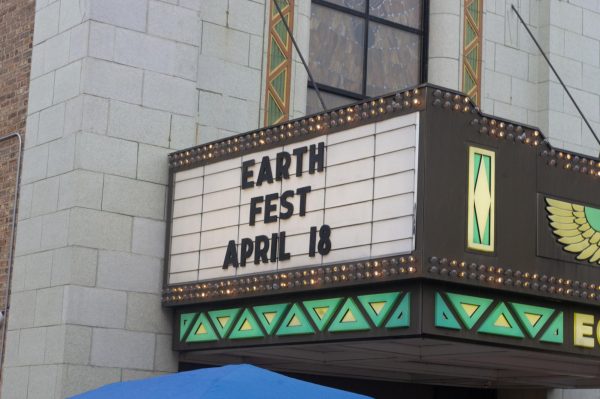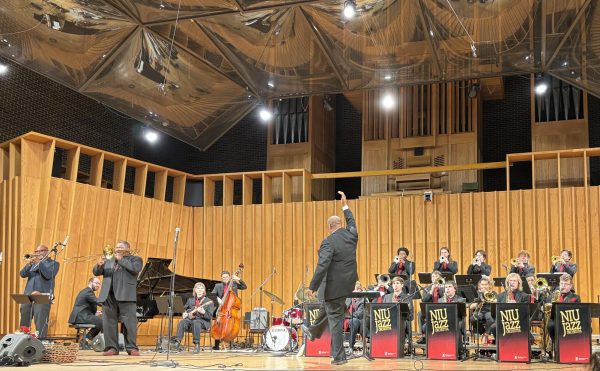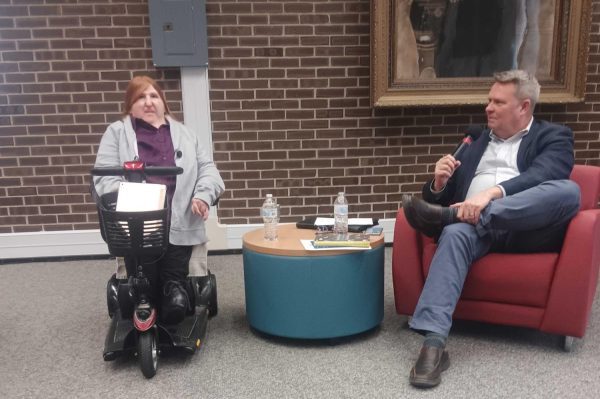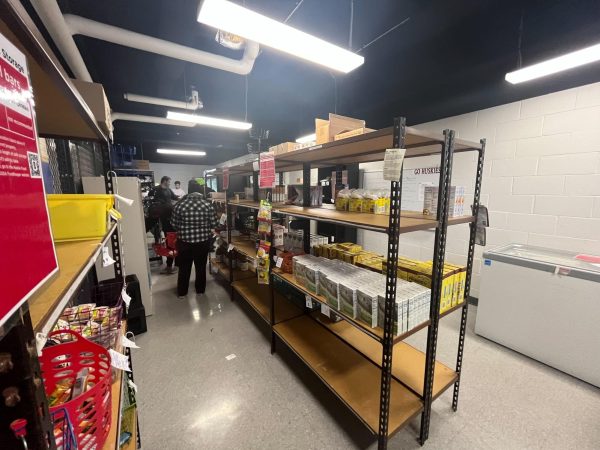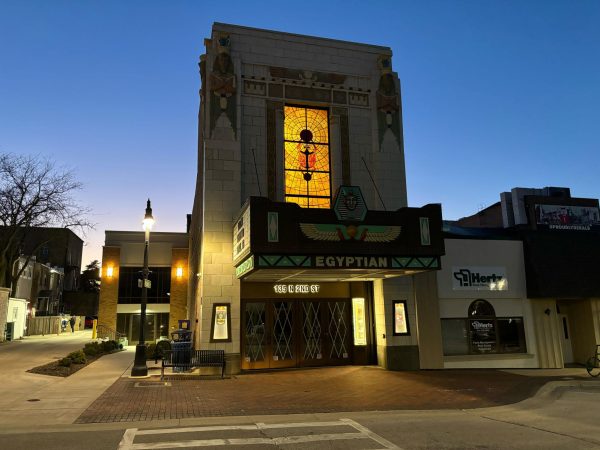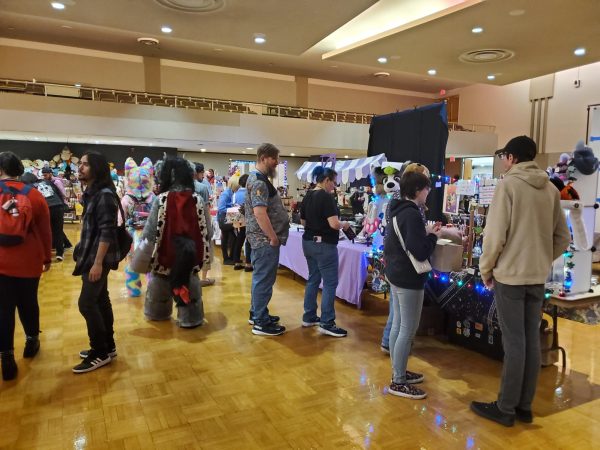Light shed on America’s homeless
October 26, 2010
Homelessness doesn’t just affect drug addicts or the mentally insane. Nor is it a problem exclusive to males or adults.
In fact, Associate Communications Professor Laura Vazquez says that many of America’s homeless are women and children struggling to get by, struggling on the edge of extreme poverty.
In 2006, Vazquez teamed up with activist Diane Nilan to shine light on these realities of the homeless. After four years of traveling to shelters across the country, filming interviews, and editing footage, Vazquez and Nilan are screening their final product: “on the edge,” a one-hour documentary following the lives of homeless women.
The film’s premier will be held for free at 7:15 p.m. Friday, Oct. 29, in Madden Theatre at North Central College in Naperville. Vasquez is planning on holding a DeKalb screening on Nov. 20.
The Northern Star had a chance to talk to Vazquez and Nilan before Friday’s premier.
Northern Star: How did the project get started?
Laura Vazquez: Diane knew Tom Parisi, who’s in public affairs, and Tom said to me ‘I would like to introduce you to Diane Nilan.’ Tom knew Diane from Aurora, because he wrote for the beat there and Diane is a shelter director in Aurora. Diane came over and she walked in with this box of mini-DV tapes of interviews that she had done of children who were homeless, and she asked me if she thought there was anything we could do with this material, so we put together our first project which is “My Own 4 Walls” and it’s all interviews with children. Some of it is used as training modules for teachers who deal with homeless children who don’t quite understand the problems and don’t know what it means to be homeless but have to go to school everyday. We had a lot of good responses from that piece, and I suggested that we work on one that would contextualize what the children were saying. How did their homelessness comes about? Where were their parents? What were the parents trying to do?
NS: Do you feel these women are representative of the entire homeless population?
Diane Nilan: They’re representative of a good number. It’s not the extreme; it’s not the women who are so absolutely shattered by their experience of homelessness. It’s the middle spectrum of women who have experienced a lot of the things that are very common to homeless women; domestic violence. We had one woman who was in the military who had issues of domestic violence with her husband. Sexual abuse and other forms of trama, and poverty and a family relationship that has disintegrated, which was their safety net which is where most of us would turn.
LV: One of the problems that we tried to get at in this film is inter-generational poverty, and inter-generational homelessness because if you grow up in a shelter, and your roots are tenuous then it’s easier to lose that hold again because you don’t have a strong network, a strong support system. It’s a complicated situation. We need to intervene in that cycle of homelessness and poverty so that we can create a stable environment for these children to grow up.
NS: One of the stereotypes of the homeless is that they’re mentally unstable. Are you finding this to be inaccurate?
LV: The stereotype is male, mental instability, drug addict. A lot of people think that is the typical homeless person, but the typical homeless person is actually a child. That’s the most common, and we, as a society, are ignoring that.
DN: Congress has been bamboozled by that, so they have no sense of urgency to address the issue of homelessness systemically, because they don’t see it as one that affects families and vulnerable children. One of my underlying motivations in this film was to have a tool that can dispel the myths, and to get people a little more upset about the fact that we have millions of homeless children, women, and teens on the streets.
LV: We’re hoping to shine a light in the darkness here. We want to see a way which our social service system, our government, and our resources are shifted, repositioned to accommodate this population.
NS: What can we do about homelessness?
LV: I think, as an institution, we need to have a social-consciousness that says we need to figure out how to help you get through and get an education. If you come to us having experienced homelessness as a 15, 16, 17, 18-year-old, we want you to get an education, because if you get an education, maybe you won’t go back to that.
NS: What do you hope viewers of the will do?
LV: I hope they do things, like help us change the policy. The young people that see this film are tomorrow’s leaders. They are the ones that need to know that this is a bigger issue that needs to be addressed in a way that provides more services to help these women support and sustain themselves as they get their children.
DN: My organization is called Hear Us, and it’s an organization that raises awareness but also we try to set up ways people can get involved. We encourage people to volunteer, to contact their legislature, and do a number of things that can alleviate some of the hardships.




